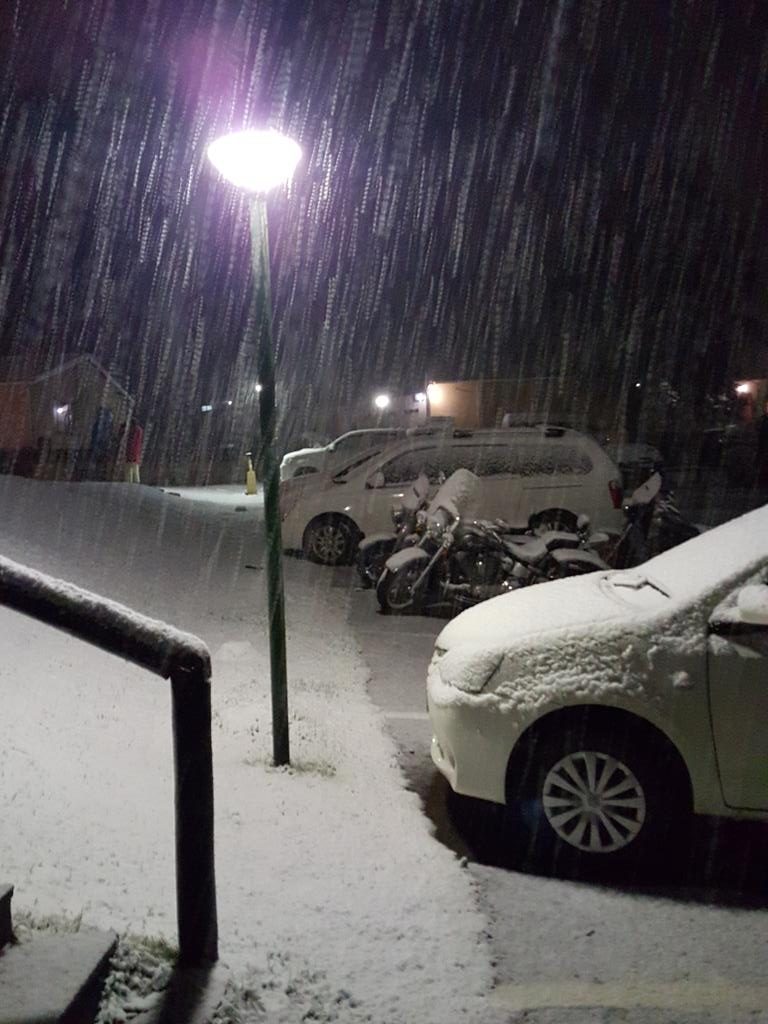Weather-wise we are more fortunate in most of South Africa than many of our motorcycling elsewhere, but the winter chill still puts the brakes on. With fewer rides through the cold season, now is the time to do some preventative maintenance or, if you are the sort to hang up the helmet and gloves while Jack Frost is stalking the land, take measures to winterise your machine.
As far as preventative maintenance is concerned, the first place to start is with a thorough wash and clean. Washing your motorcycle (this applies to cars, too) allows you to get up close and personal for a detailed inspection of every part. Look out for cracks in fairings, mudguards and other bodywork. At the same time, degrease and re-lube the chain, checking it for appropriate tension – it should have roughly an inch of play; more than that, and it could be time for an adjustment, or even a new one.
Check the tyres, not only for the right pressure, but also for any signs of damage or perishing. Also, top up the oil and brake fluid levels, as well as the radiator if your bike is liquid cooled.
How you store your bike during the colder months depends on the severity of the winter temperatures, which vary quite considerably in South Africa. In more temperate areas, it is possible to leave the bike parked outside, but investing in a cover to keep it dust-free and protect it from the elements makes excellent sense.
If you are squaring the scooter away for the cold months completely, the way they do it in the really chilly countries provides some handy tips and tricks. Indoors is best, and a dust cover is again recommended.
A key point to consider is the battery. Freezing temperatures will cause the distilled water to swell and could crack the case. If your temperatures drop below freezing and the bike cannot be stored inside, then the battery should be uncoupled and stored inside, preferably hooked up to a trickle charger. If your temperatures are balmier, the battery can be left in place, but you should not neglect to give it a good clean. Keep the levels of distilled water topped up during the winter.
If the bike is not being used regularly during the colder months, it is a good idea to start it and let it warm up every couple of weeks to keep fluids circulating and that battery alive. If the battery is being stored separately, hooking it up to a trickle charger is a good idea. Move it around a little every so often to prevent flat spots forming in the tyres, which could make for a very uncomfortable first ride.
Another good tip is to fill the fuel tank; this prevents condensation which could, especially in coastal areas, lead to water building up in the tank. A fuel stabiliser can be added, although this is generally only necessary for ethanol-blended fuels (because ethanol, an alcohol, absorbs water from the air).
Based on your inspection, and taking into account other factors such as the service interval and mileage, winter is also the perfect time to get your bike serviced. Workshops tend to be quieter at this time of year, so there are special deals to be had. It’s an opportunity to get any problems taken care of properly, rather than being in a hurry to get the job done in time for the next adventure.
With fewer excursions, here is a radical idea. Use a bit of the time to study your bike’s manual in detail, noting the “official” information on all its features and benefits, take note of the warnings and cautions, and know as much as possible about the machine, its service intervals and recommended routine maintenance. Spend time on online forums, too. Knowledge is power and the more you know the better. What are this model’s quirks, how does it perform for other rider and what problems or quirks may crop up during use.
Taking this approach to winter can be rewarding: you will know your bike is well maintained and properly cared for. Give yourself a pat on the back for being one of the good guys.
Best of all, when spring arrives, you are good to go.
MiWay is an Authorised Financial Services Provider (Licence no: 33970).
Motorcycle Insurance and Safety on the Road
